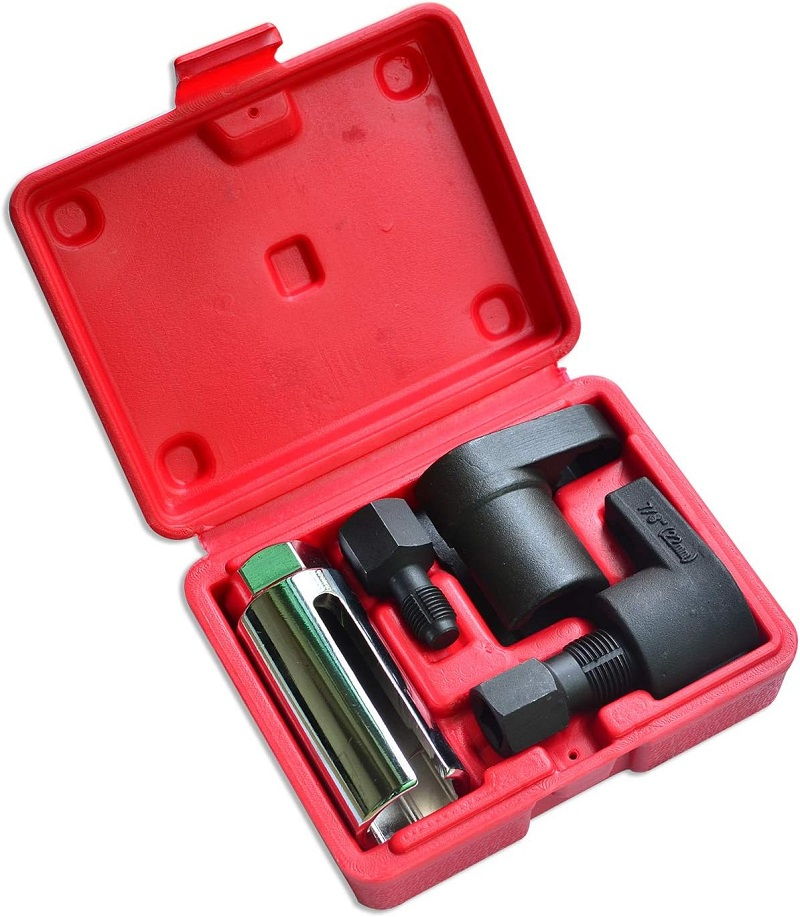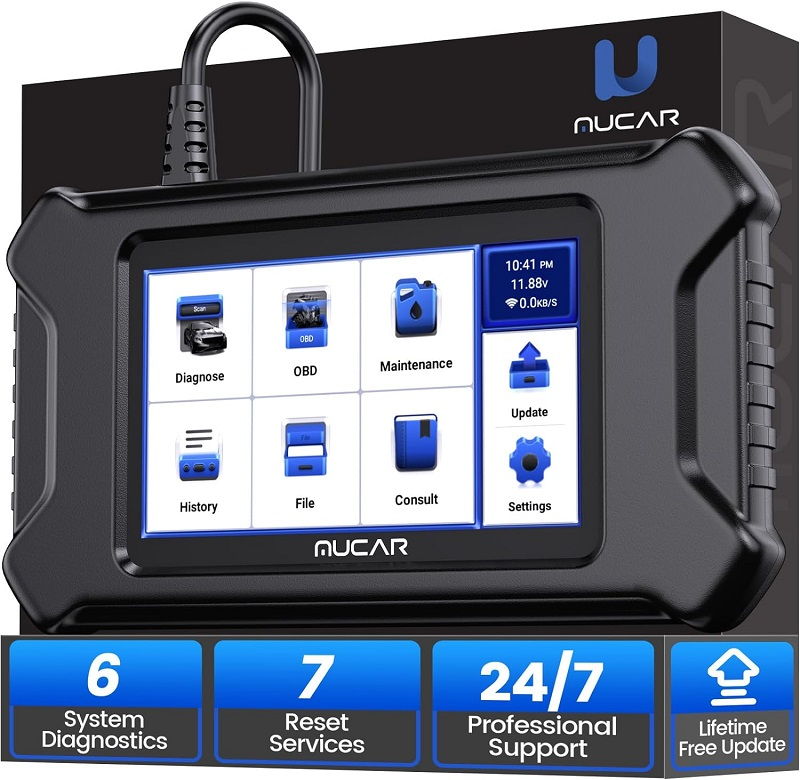This post contains affiliate links. This means I will make a commission at no extra cost to you should you click through and make a purchase [ “As an Amazon Associate, I earn from qualifying purchases.” ]. Read the full disclosure here.
Understanding P0040: Upstream Oxygen Sensors Swapped From Bank to Bank GuideMechanic.Com In the realm of automotive diagnostics, the OBD-II system serves as a vigilant watchdog, monitoring various components of a vehicle to ensure optimal performance and emissions compliance.
Among the plethora of diagnostic trouble codes (DTCs) it can generate, P0040 stands out as a common issue that drivers encounter, signaling a problem with the upstream oxygen sensors being swapped from bank to bank. Let’s delve into the intricacies of this code, understanding its implications, causes, and potential solutions.
See Also: P003E “A” Camshaft Profile Control Performance/Stuck Off Bank 2
P0040 Upstream Oxygen Sensors Swapped From Bank To Bank
What is P0040?

P0040 is a diagnostic trouble code generated by the On-Board Diagnostics (OBD-II) system when it detects an issue with the oxygen sensors located upstream (before the catalytic converter) being swapped from one bank to another in the engine.
In a typical V6 or V8 engine, there are two banks of cylinders, each with its own oxygen sensor. Swapping these sensors disrupts the engine’s ability to accurately measure exhaust gas composition, leading to performance issues and increased emissions.
Understanding Oxygen Sensors
Before delving deeper into P0040, it’s crucial to comprehend the role of oxygen sensors in the engine’s operation. Oxygen sensors, also known as O2 sensors, monitor the oxygen content in the exhaust gases.
They relay this information to the engine control unit (ECU), which adjusts the air-fuel mixture accordingly for optimal combustion and emission control.
P0040 Upstream Oxygen Sensors Swapped From Bank To Bank
Causes of P0040
Check out this 5 Pcs Automotive Oxygen Sensor Socket Wrench Remover tool and Thread Chaser Set

Several factors can lead to the generation of P0040:
Faulty Wiring:
Damaged or frayed wiring connecting the oxygen sensors to the ECU can cause erroneous readings, triggering P0040.
Faulty Sensors:
A malfunctioning oxygen sensor itself, whether due to age, contamination, or mechanical damage, can lead to inaccurate readings and the generation of P0040.
Cross-Wiring:
During repairs or maintenance, if the oxygen sensor connectors are inadvertently swapped, the ECU may interpret the readings incorrectly, resulting in P0040.
ECU Malfunction:
In rare cases, a malfunction within the engine control unit itself can cause misinterpretation of sensor data, leading to the generation of P0040.
Symptoms of P0040
When P0040 is triggered, several symptoms may manifest, indicating potential issues with the engine’s performance and emissions:
Check Engine Light:
The most obvious symptom is the illumination of the check engine light on the vehicle’s dashboard.
Decreased Fuel Efficiency:
A disruption in the air-fuel mixture due to inaccurate sensor readings can lead to decreased fuel efficiency.
Poor Engine Performance:
The engine may experience rough idling, misfires, or hesitation during acceleration.
Increased Emissions:
Since the ECU cannot accurately regulate the air-fuel mixture, emissions may exceed regulatory limits.
Diagnosing and Resolving P0040

Diagnosing and resolving P0040 typically involve the following steps:
Scan for DTCs:
Utilize an OBD-II scanner to retrieve the specific trouble codes, including P0040, stored in the ECU.
Visual Inspection:
Inspect the wiring harness and oxygen sensor connectors for any signs of damage or corrosion. Replace or repair as necessary.
Check Sensor Functionality:
Test the oxygen sensors using a multimeter or scan tool to ensure they are functioning within specifications. Replace any faulty sensors.
Verify Sensor Placement:
Double-check the placement of the oxygen sensors, ensuring they are connected to the correct banks of cylinders.
Reset ECU:
After addressing any issues, reset the ECU to clear the trouble codes and see if P0040 recurs. If it does not reappear, the issue is likely resolved.
Test Drive:
Take the vehicle for a test drive to ensure that the symptoms associated with P0040 have been eliminated and that the engine operates smoothly.
Conclusion
See Also: P003F “A” Camshaft Profile Control Stuck On Bank 2
P0040, indicating upstream oxygen sensors swapped from bank to bank, is a common yet manageable issue encountered by vehicle owners.
By understanding the causes, symptoms, and diagnostic procedures associated with this trouble code, automotive technicians and enthusiasts alike can effectively address the underlying issues and restore the vehicle’s performance and emissions compliance.
Regular maintenance and prompt attention to warning signs can help prevent P0040 and other potential issues, ensuring a smoother driving experience and reduced environmental impact.
- Trucks with Rebuilt Engine for Sale - July 2, 2025
- Project Trucks for Sale Cheap - July 1, 2025
- Salvage Title Trucks for Sale - July 1, 2025
